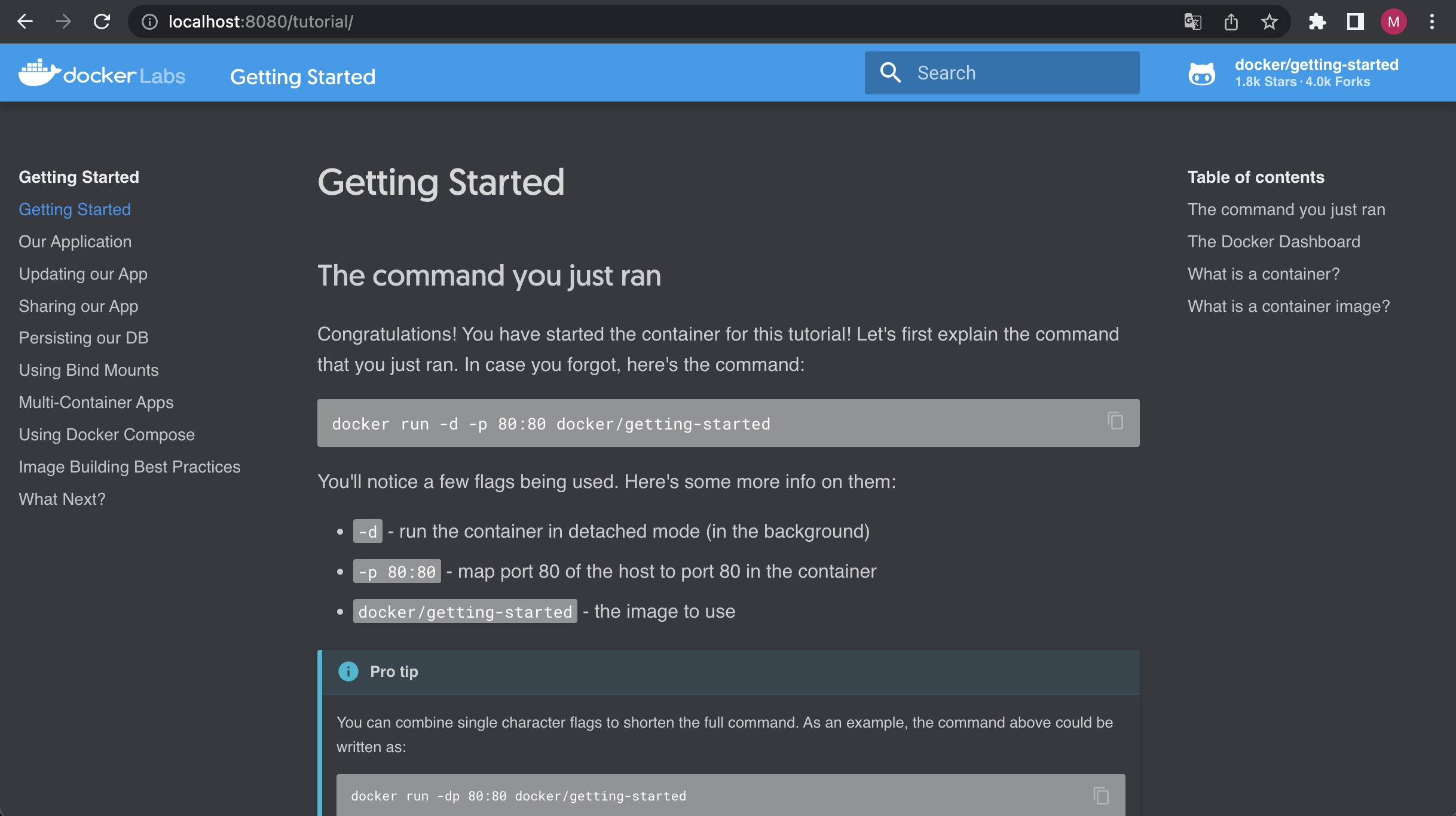Docker desktop is paid for commercial use
Almost all users would have used Docker to deploy containers. Users who use Linux distributions (such as Ubuntu, CentOS, etc.) for their OS haven’t had a problem. But, on Windows or macOS, you can use Docker only over virtualization. You can’t use Docker natively on Windows or macOS. To reduce the discomfort of users, the Docker desktop came up. The Docker desktop creates a virtual machine to deploy containers via LinuxKit. However, the Docker desktop was converted to be paid for commercial use. From 2022/01/31, Docker desktop users have to pay for commercial purposes. The changes are a burden for users who previously got the Docker desktop for free. To feel free about this issue, I could find an alternative to the Docker desktop. It’s Podman!
What’s a Podman?
Podman is a tool to manage containers and pods and is compatible with Docker CLI.
Furthermore, as written in the Podman documentation, we can use almost all the example commands of docker without any more settings by using the alias docker=podman command.
Then let’s install the Podman and try it out!
Environment
My local environment is like below:
Machine: Macbook Pro (16-inchim, 2021), Apple M1 Pro
OS: MacOS Monterey 12.1
Install Podman
Podman can be easily installed on macOS by using homebrew.
brew install podman
By using the upper command, we can check the version of the installed Podman.
$ podman version
Client:
Version: 3.4.4
API Version: 3.4.4
Go Version: go1.17.6
Built: Thu Dec 9 03:41:11 2021
OS/Arch: darwin/arm64
Server:
Version: 3.4.4
API Version: 3.4.4
Go Version: go1.16.8
Built: Thu Dec 9 06:48:10 2021
OS/Arch: linux/arm64
Because it was the most recent version when I installed it, it was installed at 3.4.4.
A machine command of the Podman
On Windows and macOS, we usually create a virtual machine to deploy containers because we can’t deploy containers natively. The Podman provides a machine command to easily create and manage virtual machines.
Create a virtual machine
To create a virtual machine, we can use the machine init command.
podman machine init \
--cpus 2 \
--memory 4096 \
--disk-size 32 \
--image-path stable \
default-vm
I created a virtual machine named default-vm with a CPU of 2 cores, 4GB of memory, and a disk of 32GB.
$ podman machine list
NAME VM TYPE CREATED LAST UP CPUS MEMORY DISK SIZE
default-vm* qemu 12 seconds ago 12 seconds ago 2 4.295GB 34.36GB
We can find a newly created virtual machine using the machine list command.
Boot a virtual machine
Using the machine start command, we can start a virtual machine.
$ podman machine start default-vm
INFO[0000] waiting for clients...
INFO[0000] listening tcp://127.0.0.1:7777
INFO[0000] new connection from to /var/folders/v5/4w4brkd5593764fjm96sjzpc0000gn/T/podman/qemu_default-vm.sock
Waiting for VM ...
Machine "default-vm" started successfully
With the machine list command, verify whether the virtual machine has been booted or not.
$ podman machine list
NAME VM TYPE CREATED LAST UP CPUS MEMORY DISK SIZE
default-vm* qemu 6 minutes ago Currently running 2 4.295GB 34.36GB
You can check the Currently running status in the LAST UP column.
Deploy contianer to virtual machine
Once the virtual machine is ready to host the container, we can deploy it there.
I will create a container using an image provided in Docker’s [getting started(https://docs.docker.com/get-started/) document.
It’s enough to just convert the command from docker to podman in the Docker getting started document.
# Create container using docker/getting-started image
$ podman run -d -p 8080:80 docker/getting-started
798b8a5a02819ff3a0c942879ae21348a1343bd14741b27edb6422d5db3216b7
# Listing containers
$ podman ps
CONTAINER ID IMAGE COMMAND CREATED STATUS PORTS NAMES
798b8a5a0281 docker.io/docker/getting-started:latest nginx -g daemon o... 9 seconds ago Up 10 seconds ago 0.0.0.0:8080->80/tcp beautiful_northcutt
And I configured the 80 port of the container to receive the request when a request is made to the 8080 port on the local. After the upper commands, we can check the getting-started page of Docker by connecting to http://localhost:8080

In conclusion
From this post, we knew that it replaces the Docker desktop with Podman for free. In my opinion, it’s a good idea to manage virtual machines using the machine command. Let’s take a look at the Podman if you’re looking for a container management tool for commercial use.
Comments